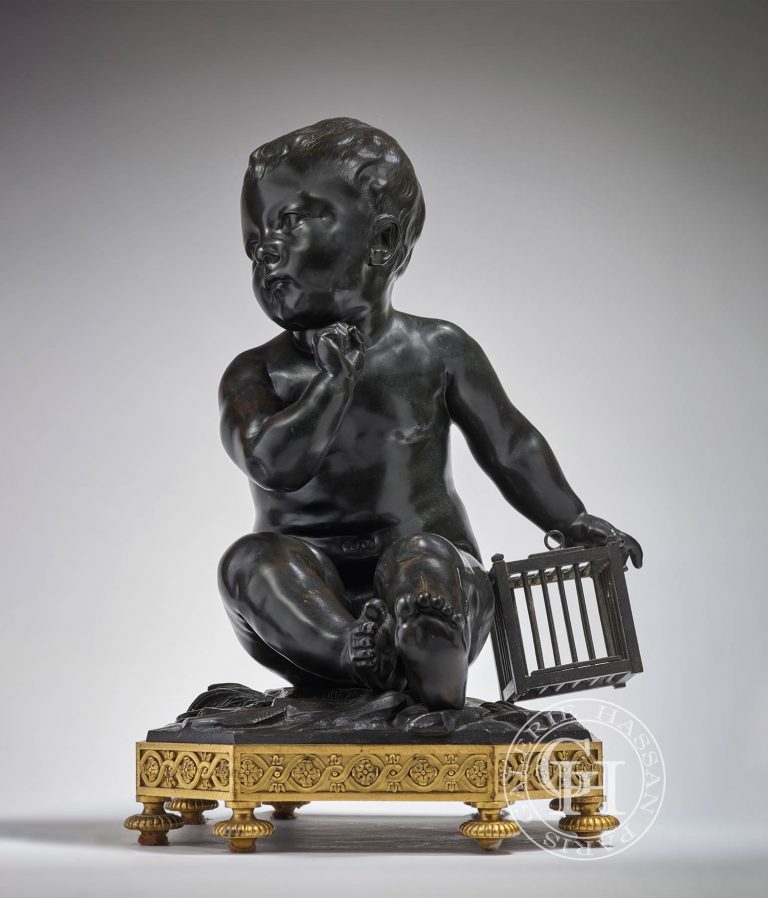Sculptor
Pigalle Jean-Baptiste
1714-1785
Jean-Baptiste Pigalle, born January 26, 1714 in Rueil-Malmaison and died August 22, 1785 in Paris, is a French sculptor.
Coming from a family of cabinetmakers, Jean-Baptiste Pigalle learned sculpture from Robert Le Lorrain then from Jean-Baptiste Lemoyne. His application for admission to the School of Fine Arts is rejected. He was especially influenced by Bouchardon.
Having failed at the Prix de Rome, he went to Italy in 1734 in order to learn new techniques. Thanks to the financial support of Guillaume II Coustou, he could stay there until 17391.
In Paris, he lived in a house built by his father in 1715 at No. 42 rue Meslay, a street in which he worked with Christophe-Gabriel Allegrain who had his studio there. Thanks to the success of Mercury attaching his heel, which he sculpted in 1740, he entered the École des Beaux-Arts and became an academician in 1741.
Considered a master by his contemporaries, his work is at the crossroads of baroque and neoclassical trends. Pigalle was a well-known artist in the circles of the nobility, where he was in high demand.
Faced with his success, Madame de Pompadour, a true patron of art, placed him in 1750 under her supervision. His fame is such that he then receives orders from the highest figures, even the King. He sculpts the bodies of great intellectuals like Voltaire or Diderot, from which he would be, according to a letter from the latter to his wife at the end of October 1773, the granddaughter’s godfather.
Died in 1785, he was buried in Paris in the Calvaire cemetery. The sculptor Paul Dubois 1829-1905 is his grand-nephew.

